25 results found negative carbon footprint
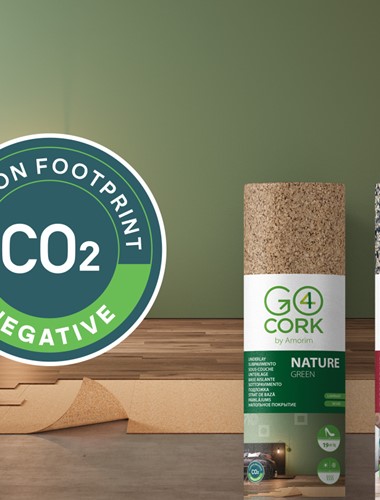
Amorim's Underlayments with Negative Carbon Footprint
At Amorim, sustainability is a core priority. The Go4Cork and Amorim NRT® brands feature products designed with negative carbon footprints, reinforcing cork's role in promoting environmentally friendly solutions. By choosing Amorim underlayments, consumers invest in solutions that enhance comfort, quality, and sustaina…
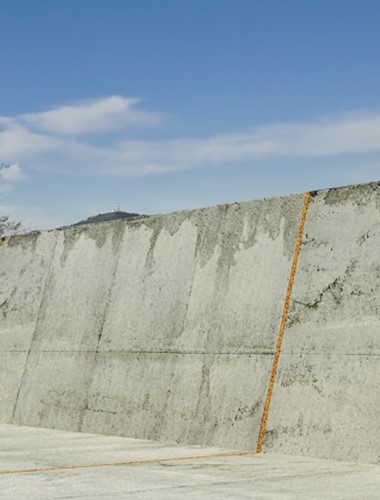
Feature 5
Cork is a 100% sustainable raw material with a negative carbon footprint and low incorporated energy. Cork expansion joints are fully recyclable and act as carbon sinks.
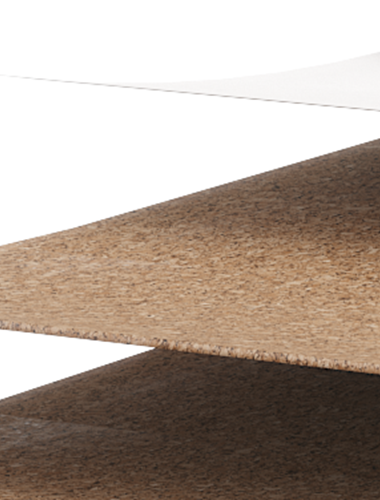
Top Layer
Amorim NRT Top Layer is a component of high density cork designed for direct and digital printing, allowing a customized design. Amorim NRT Top Layer has a Negative Carbon Footprint.

Top Layer
Amorim NRT Top Layer is a component of high density cork designed for direct and digital printing, allowing a customized design. Amorim NRT Top Layer has a Negative Carbon Footprint.
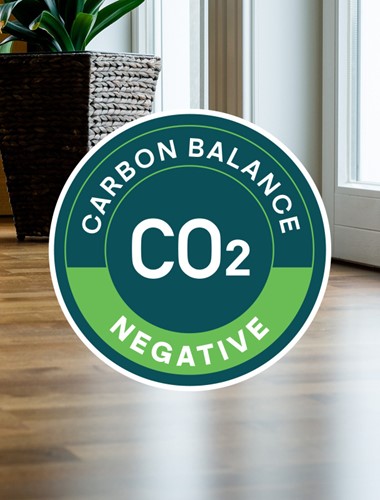
Top layer NRT 94 with negative carbon balance
Amorim Cork Solutions commissioned an independent Carbon Footprint and Life Cycle Assessment study, that aimed to identify the environmental impact of Top Layer NRT 94. The study, which assessed the impacts of forestry management, transport of raw materials and production, concluded that Top Layer NRT 94 has a negative…

Top layer NRT 94 with negative carbon balance
Amorim Cork Solutions commissioned an independent Carbon Footprint and Life Cycle Assessment study, that aimed to identify the environmental impact of Top Layer NRT 94. The study, which assessed the impacts of forestry management, transport of raw materials and production, concluded that Top Layer NRT 94 has a negative…
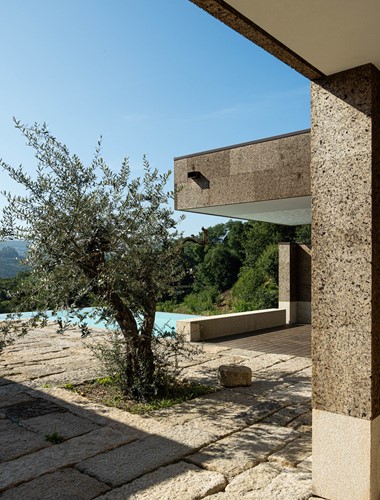
When Ethics and Efficiency Align
The result is an energy-efficient building with minimal maintenance needs, built with strong environmental awareness. “Cork stands out as a renewable material with a negative carbon footprint and excellent durability. It's a choice that makes sense both technically and ethically,” the architect concludes.

Pre-attached underlayment NRT®62 and NRT®62 VB
The NRT®62 and NRT®62 VB Pre-attached Underlayment have a negative carbon balance of - 11.8 kg/eqCO₂ per m²* and - 10.5 kg/eqCO₂ per m²*, respectively, when taking into account the CO₂ sequestered by cork oak forests and the emissions associated with the industrial process. *EY Study: Pre-attached underlayment NRT62…
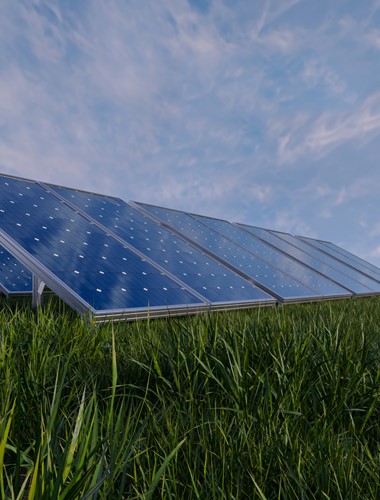
In a direct comparison, what are the main factors that distinguish cork from these competing materials?
Cork’s negative carbon footprint is clearly one of its key competitive advantages, mainly because in the Energy field we are talking about more environmentally friendly Energies and, therefore, cork, in addition to meeting all the technical requirements of the different applications, contributes to a better carbon bala…
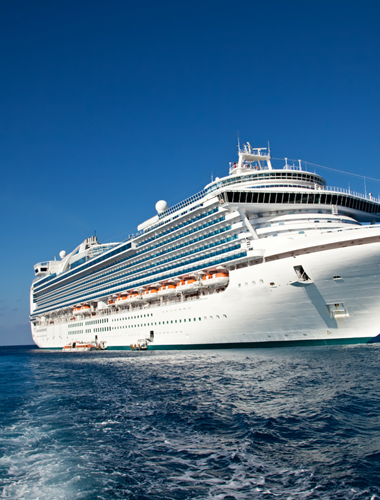
Green shipbuilding reaches cruise speed with the help of Amorim Cork Solutions primary decking materials. Innovative and sustainable cork-ba…
The key factor in ensuring a negative carbon footprint is the genesis of the cork oak forest which is a carbon sink, responsible for retaining 73 tons of CO2 per ton of cork used for a typical application this corresponds to 2,7 kilotons of CO2 retention.
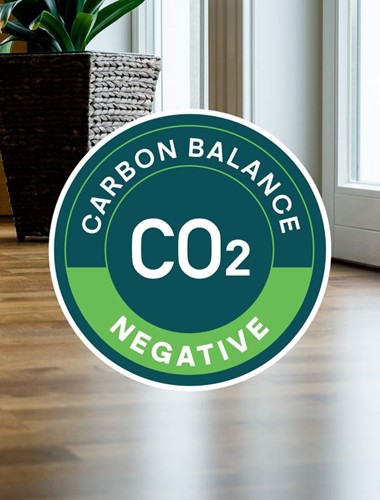
Negative Carbon Balance
According to a recent assessment study conducted by EY, Go4cork Blend with Nike Grind has a negative carbon balance of -5.6kg CO2 eq/m2. This means that the product’s associated carbon sequestration promoted by the cork oak forest exceeds the CO2 emissions from production. The environmental footprint study of the Go4co…
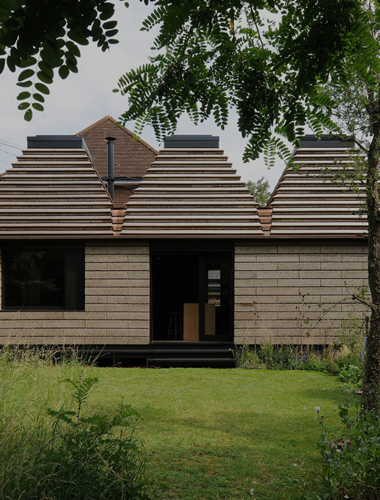
Slowing down climate change
Choice of cork as the dominant raw material for this innovative project is based on the fact that it is a 100% natural, sustainable and recyclable source material. These characteristics meant that the house had a was carbon-negative carbon footprint at completion. In other words, it absorbed more carbon dioxide than th…
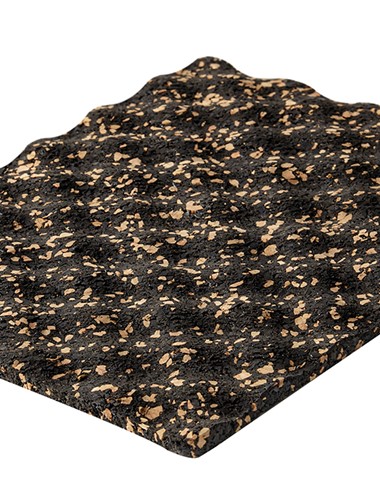
Underscreed: more silence and more comfort
Recognised for their acoustic and thermal properties, Acousticork by Amorim underscreeds were integrated into the hotel's construction to effectively reduce the transmission of impact noise between rooms, guaranteeing a quiet and comfortable environment for guests. Incorporating cork-based underscreeds into this type o…
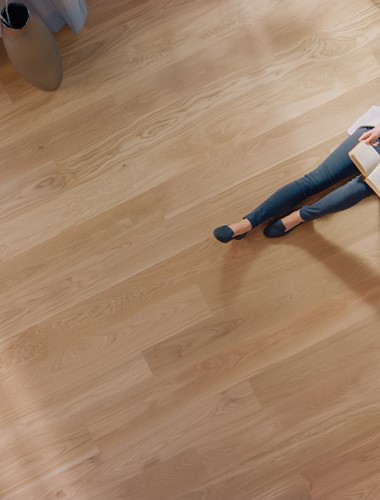
intro
Amorim NRT®62 cork components, with and without a vapor barrier, by Amorim Cork Solutions, that have been especially developed for the flooring industry, make a positive contribution to lowering the carbon footprint of flooring manufacturers’ production processes. This is because Amorim NRT®62 cork-based components hav…

Implications for Sustainable Construction
Finite‐element simulations of heat flux transfer confirmed that, for elevated temperatures, cork composite offers the lowest thermal penetration—making it a promising candidate for future wildfire‐proofing solutions. These findings reinforce the dual benefits of cork: its natural flame retardancy and its negative carbo…

According to the 2018 edition...
According to the 2018 edition of the World Footwear Book, published by the Portuguese Footwear Industry Components Association - APICCAPS -, the shoe industry recorded positive worldwide sales in 2017. World footwear production grew in 2017, attaining production of 23.5 billion pairs of shoes, 2% higher than in 2016. H…

Sustainable Design and Acoustic Comfort
Amorim MD Facade® goes beyond its aesthetic looks and ensures technical performance - this natural material with a negative carbon footprint combines high durability with excellent thermal and acoustic insulation, ensuring both comfort and sustainability. During the renovation, the site also became a temporary cultural…
Cork solutions for a more sustainable energy sector
Its negative carbon footprint, low thermal conductivity and sealing capacity, together with resistance to extreme temperatures and a high damping capacity are characteristics that make cork a raw material with enormous potential for this sector. Cork combines its natural properties such as thermal insulation, fire ret…
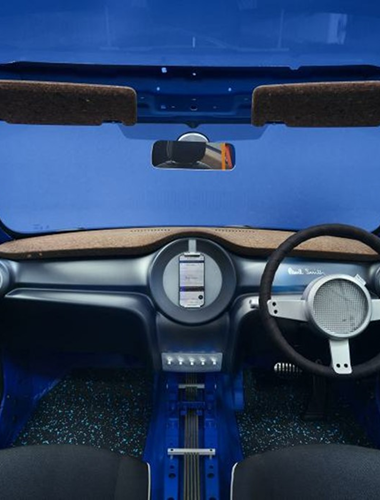
Whether on land, in the air or water, cork’s properties, combined with Amorim Cork Solutions' expertise, can respond to the great mobility c…
Ensuring transport sustainability is an increasing concern for companies and citizens. Global awareness of this concern has led car manufacturers to progressively choose raw materials that guarantee a symbiosis between performance and sustainability. The sector’s biggest companies are now investing in more environmenta…
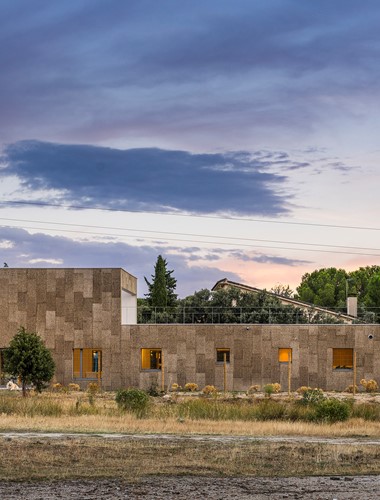
The Natural Origin and Production Process of MD Facade
Amorim MD Facade® is produced through a 100 % natural, additive free industrial process. It uses only cork as its raw material, with no synthetic binders or chemical additives. The expanded insulation corkboard is manufactured at Amorim's dedicated facility in Vendas Novas, Portugal, where cork granules are subjected t…
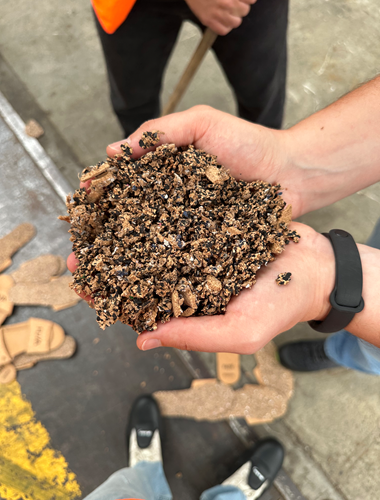
About Primal Soles
Primal Soles is a Dutch startup founded in 2021 by David Even. The company developed the first truly circular cork insoles, 100% recyclable and with a negative carbon footprint. Built on a strong environmental commitment, Primal Soles created a fully circular value chain where used products are collected, recycled, and…
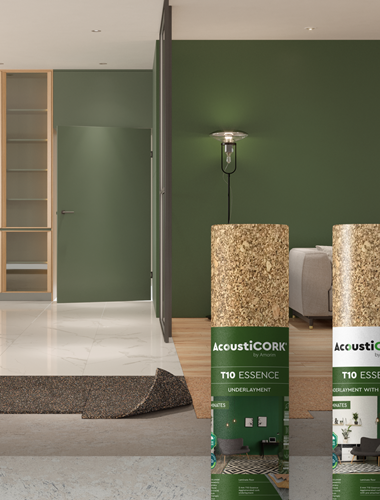
text
According to a recent study conducted by the consultancy firm, EY, Acousticork T10 Essence and T10 Essence with a vapour barrier underlayments have a negative carbon balance of -18.6 kg CO₂ eq/ m2 and -18.0 kg CO₂ eq / m2, respectively. Acousticork T56 Endurance underlayment with a vapour barrier has a negative carbon…

The sustainability factor
Depending on the specific type of application, several materials in the market, with a synthetic or inorganic base, are competing with cork. Rubber- or foam-based materials have dominated the world market, since they combine performance with low costs. However, the situation has been changing over recent years, due to…

The sustainability factor
Depending on the specific type of application, several materials in the market, with a synthetic or inorganic base, are competing with cork. Rubber- or foam-based materials have dominated the world market, since they combine performance with low costs. However, the situation has been changing over recent years, due to…
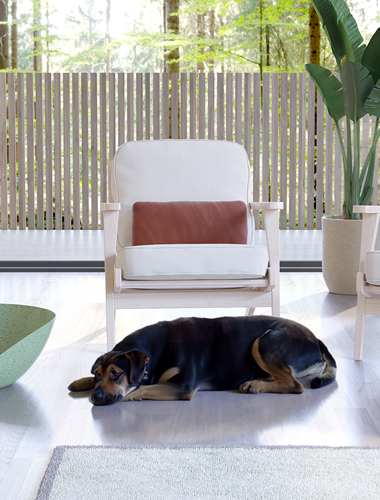
Intro
Cork, the outer bark of the cork oak tree, is an extraordinary material that can be applied in a wide array of different situations in our daily lives. From its gentle touch to its thermal and acoustic insulation properties, this 100% natural, renewable, and recyclable raw material is one of the world’s most versatile…